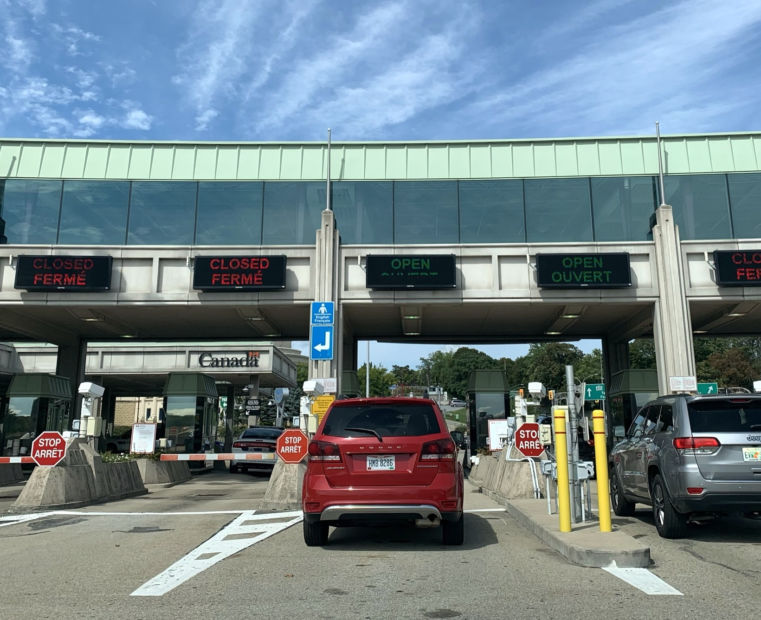Niagara picks Parsons to improve cross-border traffic
- June 20, 2022
- William Payne

NITTEC, the body tasked with improving flow of goods and people across the most important crossing point between the US and Canada, has appointed Parsons to provide an AI-based regional border transportation management system.
The new system, an advanced transportation management system (ATMS), is planned to advance NITTEC’s goal of safe and efficient regional transportation by reducing person-hours of delay, improving environmental sustainability, and enhancing safety through the sharing of information across agencies in the Buffalo-Niagara region.
“Optimised multi-agency information sharing and collaboration through advanced transportation management technology is essential to improving safety and increasing mobility around and between communities,” said Peter Torrellas, president of connected communities for Parsons. “As a leader in transportation management solutions, we will apply our unique systems integration approach to improve the performance of the transportation network that serves this international border region.”
Key project priorities include balancing multimodal demand across the Niagara Frontier border crossings, improving freight operations by providing targeted information to drivers, using improved weather information in traffic management, improving regional mobility by expanding integrated corridor management activities, and providing the benefits of multi-agency cooperation by creating real-time interagency information sharing and collaboration.
The Parsons solution, centred on the company’s Intelligent NETworks Smart Mobility (iNET) platform, fuses disparate data sources into a common data sharing and dissemination platform. The data will be used by Parsons’ AI and micro-simulation based integrated decision support system (DSS) to generate predicative traffic management to improve regional traffic performance.
The data collected and strategies generated will also provide key performance indicators at the regional level via analytics and dashboards, monitoring performance of the road network, commercial vehicle operations, and border crossing activities.




